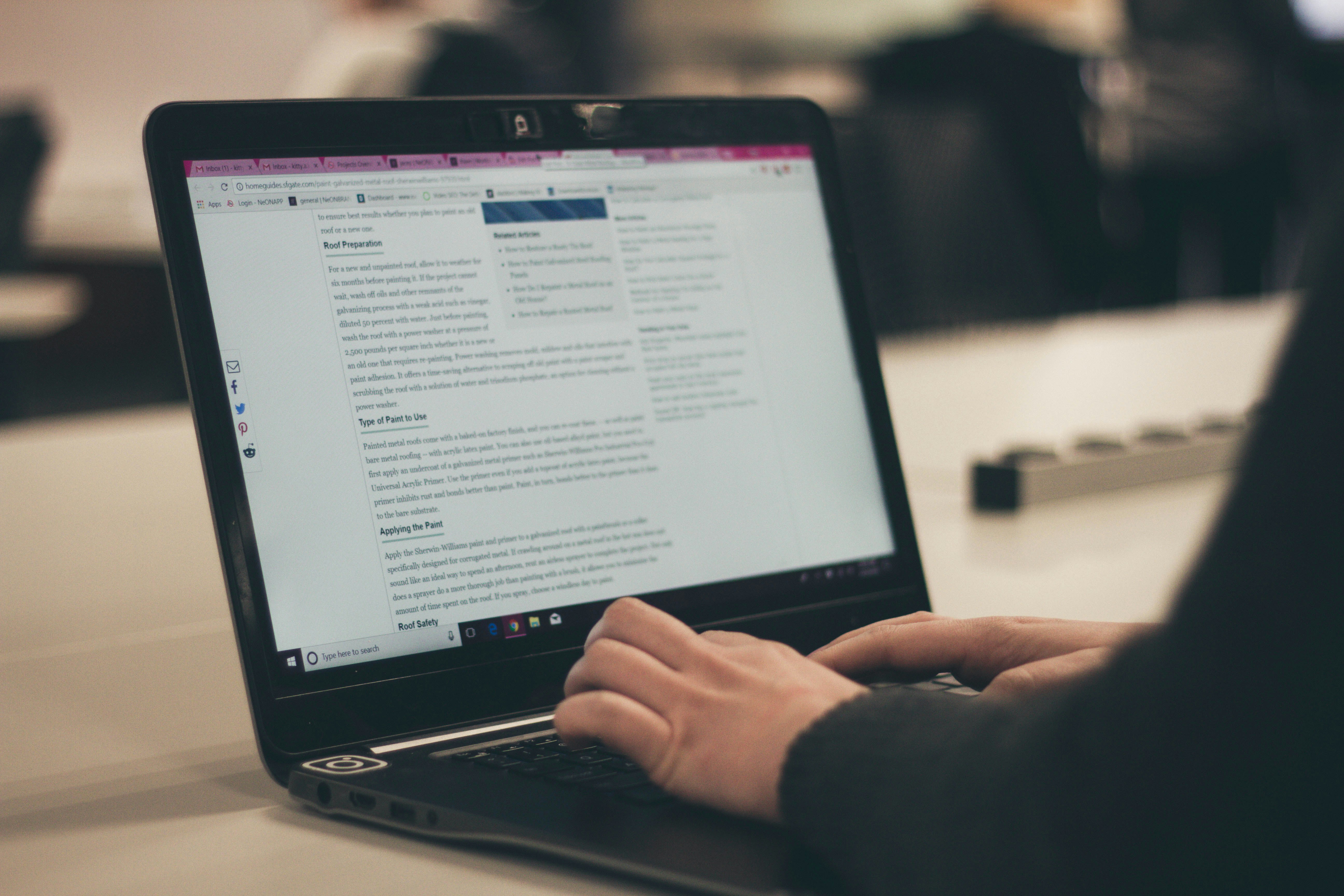
Written by
Steve Roberts
Article
•
5 min
After a job interview, sending a follow-up email is essential. It's a key step many job seekers neglect post-interview. When you send a thoughtful thank you email to the hiring manager you can positively impact their decision during the hiring process.
However, amidst multiple job searches, job opportunities, and interviews, it could be challenging to send timely follow-up emails. That's where automating your follow-up emails after an interview comes in.
In this post, we’ll explore how to create an impactful follow-up email after an interview, the hiring manager's perspective on follow-ups, and how to make your follow-ups really stand out.
Hiring Manager’s Perspective on Follow-Up Emails
According to a CareerBuilder survey, 22% of employers are less likely to hire a candidate who neglects to send a thank you, while 91% like being thanked. These emails demonstrate job seekers' professionalism and interest in the job role. Thank you notes demonstrate professionalism, keenness, and attention to detail. With a multitude of candidates applying for job roles, a timely follow-up can make you stand out to potential employers.
However, excessive follow-up emails can be counterproductive. It’s crucial that these emails add value for the hiring manager and align with the company culture.
Crafting the Perfect Follow-Up Email After an Interview
The first follow-up email you’ll want to send is a thank you note to your interviewers right after the interview. This is a crucial part of your post-interview follow-up. Here are seven recommendations:
Send the email within 24 hours of the interview while it's still fresh in the hiring manager's mind.
Proofread all follow-up emails ensuring they're free from errors.
Use a professional email address, avoiding overly casual ones.
Have the job title, company name, and potentially the interview date in the subject line. For example, “Thank You for Software Engineer Interview at XYZ Company”
Be patient during the hiring process; hiring decisions often involve multiple steps and considerations.
Customize any follow-up email templates, ensuring messages don’t appear robotic. Individually thank each person who interviewed you, mentioning something specific you discussed or a question they asked to personalize the note.
If opting for a phone interview follow-up, ensure it's brief and polite. But remember, email follow- ups often resonate better with hiring managers.
Many professionals also use follow-up email templates to streamline this process. Ask an AI to generate the follow up email for you. Use Kindo with the prompt:
Write me a follow-up email after this job interview for a [job title] role. It should convey gratitude, excitement, and interest in the role. Include that we talked about [personal anecdote] in the interview.
Keep excellent follow-up emails as templates to reuse and personalize, as needed. Here’s an example:
Dear [Hiring Manager],
Thank you again for taking the time to interview me yesterday for the [JOB TITLE] role. Our conversation - especially the fun chat about our shared interest in [PERSONAL ANECDOTE]! - made me even more excited about the possibility of joining your team.
I greatly appreciated learning more about the projects and collaborative culture at your company. The role seems like an excellent fit for my skills and experiences in [INDUSTRY]. I'm genuinely enthusiastic about this opportunity to grow my abilities in a supportive environment.
Our discussion reinforced that this is exactly the type of position I've been searching for. Please let me know if there is any additional information I can provide to further demonstrate why I would make a great addition to your team.
I sincerely hope to have the chance to work with you. Thank you again for the engaging interview. I look forward to hearing back from you regarding next steps.
Sincerely, [Your name]
After the initial thank you email, if the hiring decision isn’t communicated in about a week, it's advisable to send a second follow-up email.
How Many Times Should You Follow Up?
After your initial thank you, if you don’t receive any status update regarding the hiring decision within about a week, consider crafting a polite check-in that reflects your continued interest in the job opportunity. Following up shows you’re still committed to the job search. Limit follow-up emails to ensure you don't come off as too persistent. Here are some additional tips:
Reiterate your interest in the position and fit for the job role.
Inquire if they require any more information or additional details from you.
Express that you look forward to hearing about the timing of the hiring decision process.
Stay patient, understanding that hiring processes can sometimes extend for weeks or even months.
Nevertheless, avoid sending excessive or late follow-up emails, which may come across as a sign of disinterest or negligence. Ensure any follow-up emails add value for the hiring manager and resonate with the company culture.
Stand Out From the Competition
Following up politely and professionally after a job interview is an essential step for any job seeker. Timely, thoughtful follow-ups demonstrate your appreciation, enthusiasm, and attention to detail. While it's important not to overdo it, a well-crafted follow-up email or two can make a strong impression on a hiring manager amidst fierce competition.
With some planning and effort, you can craft memorable follow-ups tailored to each interview and company. Showcase your communication skills while aligning with the company's culture. With the right follow-up strategy, you can gain an edge and stand out from the crowd, potentially landing your dream job. The extra time invested is well worth it to make a lasting positive impact.








